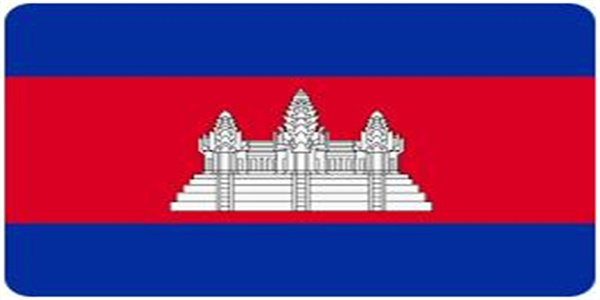
Geotextiles are synthetic permeable materials used in civil construction projects to improve soil properties. Geotextiles make poor soils more suitable for construction because they have the ability to separate, filter, reinforce, protect and drain soil.
Geotextiles can be used in many infrastructure projects such as roads, landfills, ports, drainage structures and other civil engineering projects.
Reduce the impact of projects on the environment.
Geotextiles are made from polymers such as polypropylene and polyester. Based on the manufacturing process, they are divided into three categories: woven fabrics, non-woven fabrics
Knitted fabrics, other geosynthetics include geonets, geocells, geomembranes, geogrids, etc. Woven geotextiles are common and are made in a similar way to clothing textiles. This geotextile is made of two sets of parallel threads or yarns. Nonwoven geotextiles are made of continuous yarn filaments or staple fibers. They are bonded together by thermal, chemical or mechanical techniques or a combination of techniques. Knitted geotextiles are made by interlocking a series of yarn loops together. These geosynthetics are made by combining knitting technology with other methods such as weaving.
Geotextiles are commonly used to improve soil properties before building embankments, roads, pipelines, and retaining structures. Geotextiles have a variety of functions such as filtration, drainage, reinforcement, buffering, waterproofing, and isolation. This is the main reason why geotextiles are used in construction. When geotextiles are installed between two different soils, it will prevent mixing when water enters the soil layers. In this way, the desired soil properties can be preserved. By separating the fine roadbed soil from the aggregate (such as roads), geotextiles retain the drainage properties and strength of the base material. These geotextiles have special thickness and permeability to prevent soil contamination and allow water flow without affecting the integrity of the structure. Some of the application areas of geotextiles include: between landfills and stone bases, between roadbeds and base layers of paved and unpaved roads, between railway subgrades, between geomembranes and sand drainage layers, when water is required to move in two directions, the filtration properties of geotextiles are used. These types of geotextiles can be woven or non-woven, and they are used to prevent the movement of fine aggregates between soil layers.
The two main properties of geotextiles involving permeability are porosity and permeability. Based on these properties, geotextiles can also promote the lateral flow of water, dissipating the kinetic energy of capillary rise of groundwater. The application of such geotextiles can be both vertical and horizontal, helping to solve drainage problems in roads and buildings. The role of geotextile reinforcement is comparable to the role of steel bars in concrete construction. Geotextiles are used for embankments and roads built on soils with poor grades, implementing the design parameters provided by geotechnical engineers. Geotextiles can be impregnated with asphalt or other mixtures to make them impermeable and able to restrict the vertical flow of water. For this application, geotextiles must be non-woven. Impermeable geotextiles can be used to prevent soil or groundwater from being contaminated by the above-mentioned pollutants, and also help prevent the loss of drinking water due to evaporation.
The application range of geotextiles in the field of civil engineering is very wide, including the following applications:
Roads: Geotextiles are widely used in road construction to reinforce soil by increasing tensile strength. Geotextiles can be used as a fast dewatering layer for roadbeds.
Railways: Geotextiles are used to separate individual soil layers without hindering the groundwater circulation due to ground instability. This also prevents the layer material from moving sideways under constant shock and vibration from passing trains.
Agriculture: Nonwovens are used for mud control, improving paths and trails used by cattle or light traffic.
Drainage: Geotextiles are used as a material for roads, highways, earth dams, reservoirs, retaining walls, drainage ditches and many other
他应用中的排水过滤机制。






 " />
" />